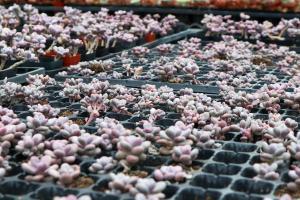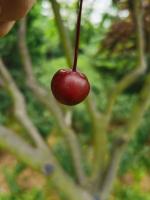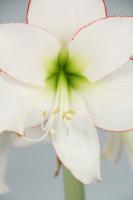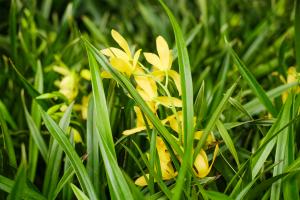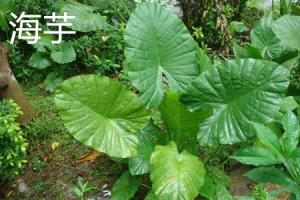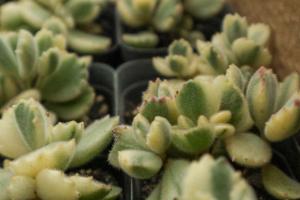1、 Method
1. Basin soil
If it is not beautiful enough, it can be covered with other flower pots. The vessel can be bottomed with coarse sand and some oil residue can be added as base fertilizer. It likes fertile, breathable and loose soil. It's better to be acidic. The soil and water in many places in the north are alkaline. It can be watered after fermentation with rice washing water. You can also prepare the soil by yourself. Mix the rotten leaves, peat soil and some coarse sand evenly. The soil has the effect of heat preservation and can help it resist the cold winter. According to its growth, the basin can be changed once every two years, usually in spring
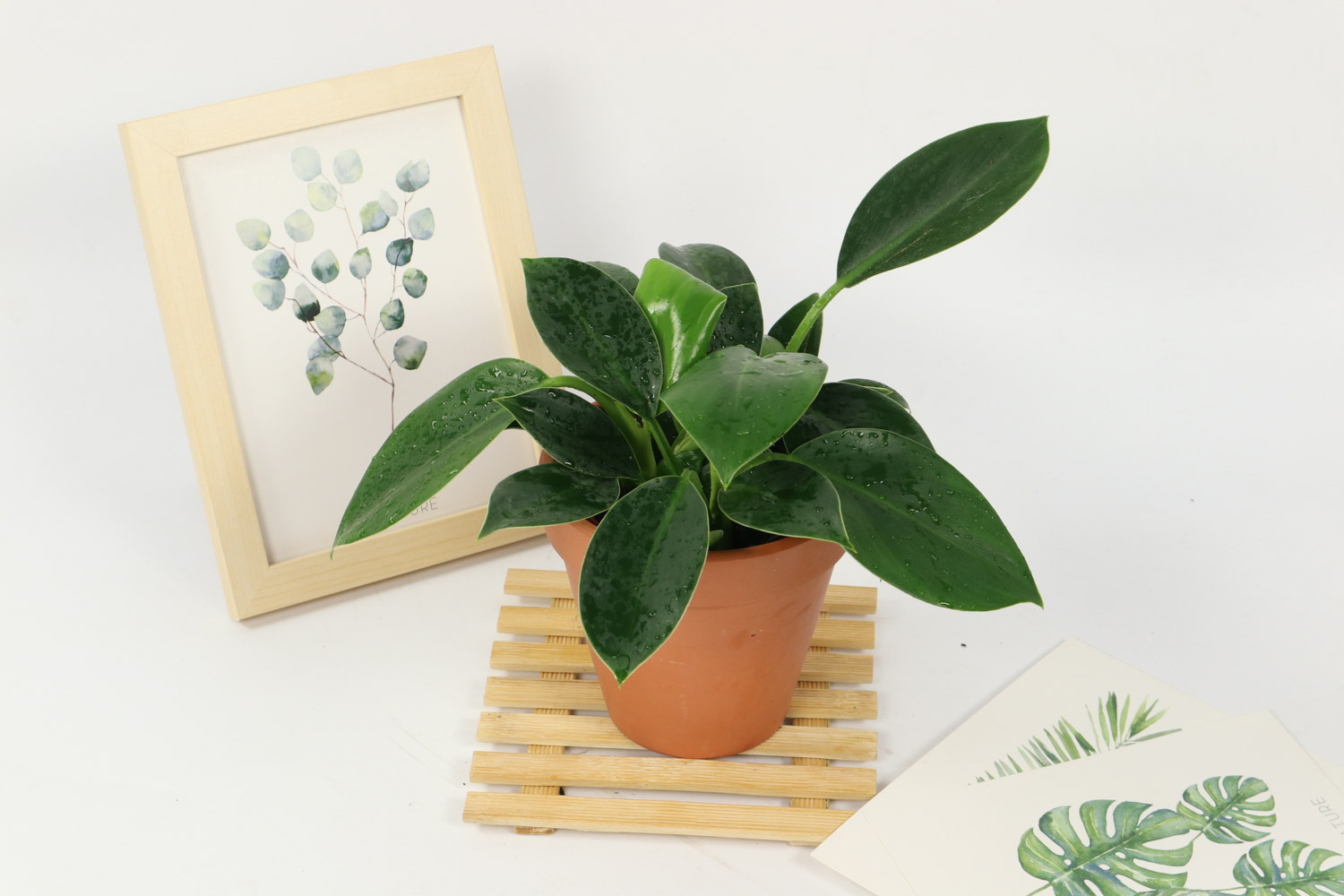
2. Light temperature
It prefers a humid environment and is shade resistant, but its cold resistance is not good. In winter, it should be placed in the sunny area of the home, such as the balcony. It needs an environment of 18 to 25 degrees. If you want it to spend the winter safely, you should create conditions of no less than 8 degrees for it, and the coldest temperature should not be less than 5 degrees. If the temperature at home is above 15 degrees in winter, it can even continue to grow
3. Water and fertilizer
It needs a lot of water. Usually, it can be watered with some rice washing water, which can not only replenish water, but also supplement nutrition. It should be kept moist during its growth period, the temperature should be reduced in winter, and the number of watering should be reduced. It can wait until the soil is dry. In the severe winter in the north, although the home is relatively dry, its adaptability is relatively strong, so there is no need to worry too much. Add cake fertilizer and water to it once a month. In winter, you can temporarily stop pouring fertilizer or not
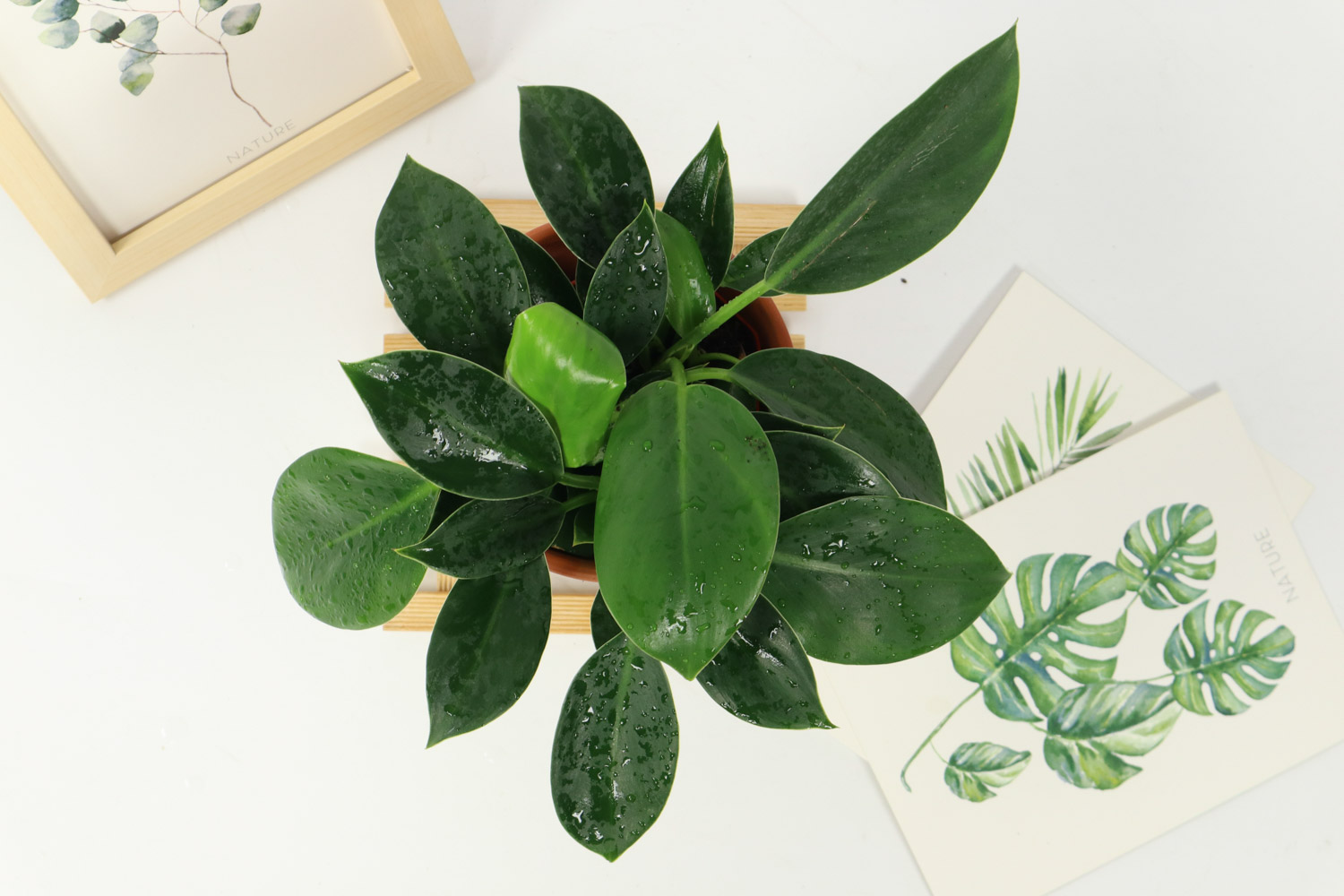
2、 Precautions
1. Watering times should not be too much, the basin bottom should be conducive to drainage and ventilation, and the indoor light should not be too dark, which is not conducive to growth
2. In winter, we should control water and fertilizer. In order to prevent the leaves from growing too loose, we can use a wooden stick to support the petiole. After the leaves grow well in winter, we will untie them slowly
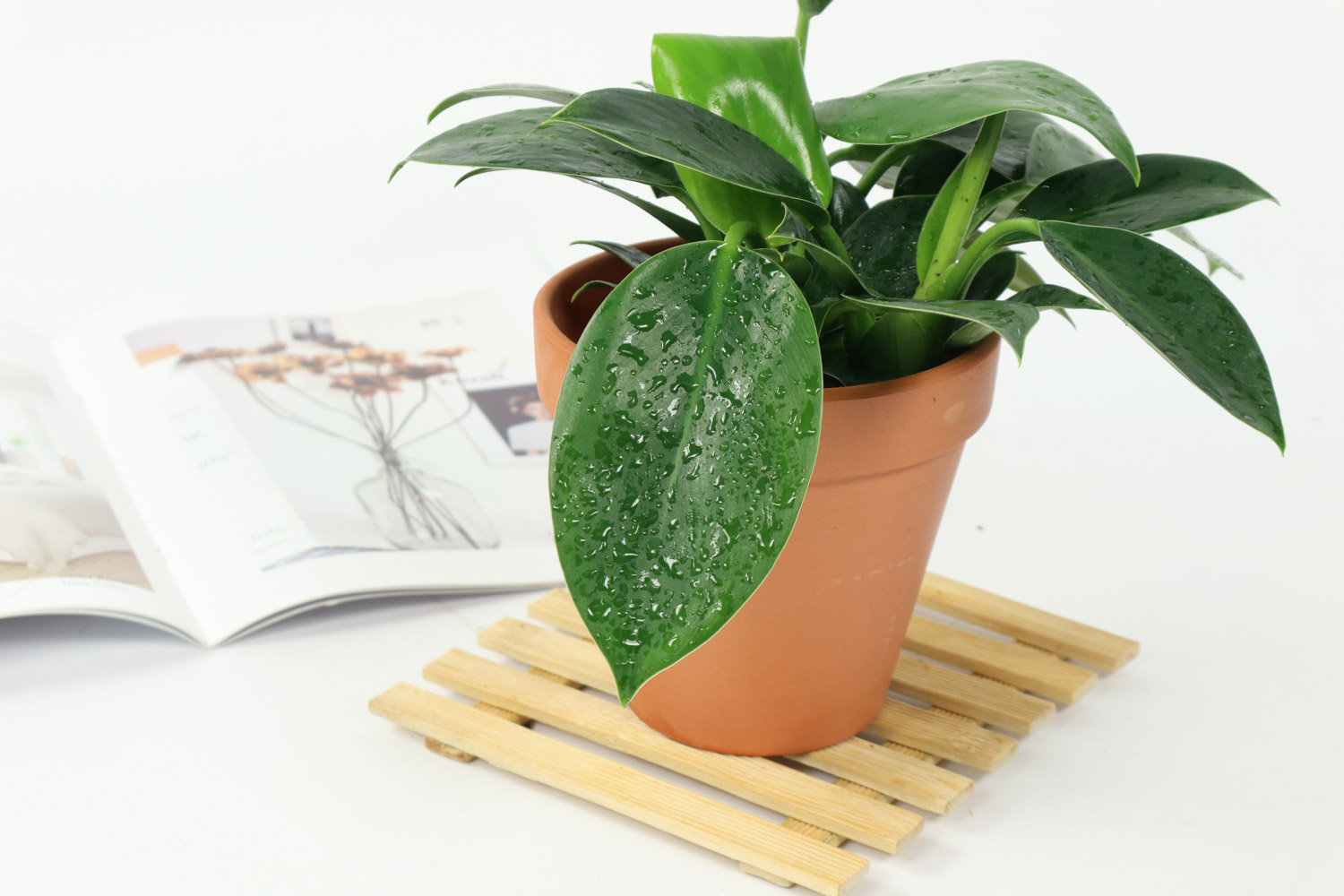

 how many times do yo...
how many times do yo... how many planted tre...
how many planted tre... how many pine trees ...
how many pine trees ... how many pecan trees...
how many pecan trees... how many plants comp...
how many plants comp... how many plants can ...
how many plants can ... how many plants and ...
how many plants and ... how many pepper plan...
how many pepper plan...